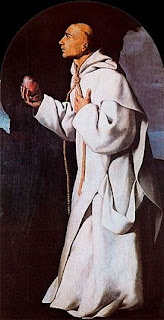FULL HOMILY [translated by ZENIT’s Virginia Forrester] “No one can come to Me unless the Father draws him”: Jesus reminds <us> that the Prophets also pre-announced this. “And they shall all be taught by God.” It is God who draws <us> to knowledge of the Son. Without this, <we> cannot know Jesus. Yes, yes, one can study, also study the Bible, also know how He was born, what He did: this yes. However, to know Him from within, to know the mystery of Christ is only for those that are drawn by God to this. This is what happened to the Minister of the economy of the Queen of Ethiopia. One sees that he was a pious man, and that he took the time, amid his many affairs, to go and adore God. He was a believer. And he was returning to his homeland, reading the Prophet Isaiah. The Lord takes Philip, he sends him to that place and then says to him: “Go next to him, approach that carriage,” and he hears the Minister who is reading Isaiah. He gets close ...


